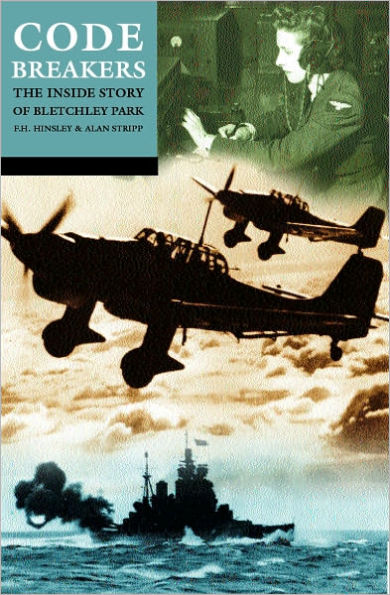Table of Contents
Introduction. The Influence of Ultra in the Second World War, F.H. HinsleyPart One. The Production of Ultra Intelligence1. Life in and out of Hut 3, William Millward2. The Duty Officer, Hut 3, Ralph Bennett3. A naval officer in Hut 3, Edward Thomas4. The Z Watch in Hut 4, Part I, Alex Dakin5. The Z Watch in Hut 4, Part 2, Walter Eytan6. Italian naval decrypts, Patrick Wilkinson7. Naval Section VI, Vivienne Alford8. Anglo-American signals intelligence co-operation, Telford Taylor9. An American at Bletchley Park, Robert M. Slusser10. Bletchley Park, the Admiralty, and naval Enigma, F.H. HinsleyPart Two. Enigma11 11. The Enigma Machine, Alan Stripp12. Hut 6: Early Days, Stuart Milner-Barry13. Hut 6: 1941-1945, Derek Taunt14. Hut 8 and naval Enigma, Part 1, Joan Murray15. Hut 8 and naval Enigma, Part 2, Rolf Noskwith16. The Abwehr Enigma, Peter Twinn17. The bombes, Diana PaynePart Three. Fish18. An Introduction to Fish, F.H. Hinsley19. Enigma and Fish, Jack Good20. The Tunny Machine, Ken Halton21. Operation TunnyPart Four. Field ciphers and tactical codes22. Recollections of Bletchley Park, France, and Cairo, Henry Dryden23. Army Ultra's Poor Relations, Noel Currer-Briggs24. Navy Ultra Poor Relations, Christopher Morris25. Tactical signals of the German Airforce, Peter Gray LucasPart Five. Japanese codes26. Japanese naval codes, Michael Loewe27. Bedford-Bletchley-Kilindini-Colombo, Hugh Denham28. Japanese military codes, Maurice Wiles29. Japanese Army Air Force codes at Bletchley Park and Delhi, Alan Stripp30. Recollections of temps perdu at Bletchley Park, Carmen BlackerAppendix. How the Bletchly Park buildings took shape, Bob Watson



